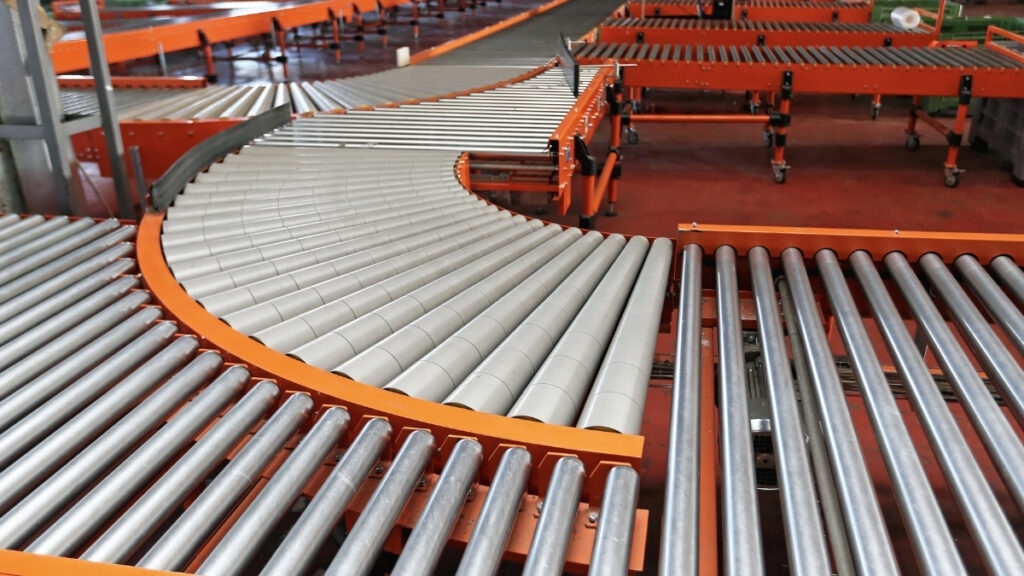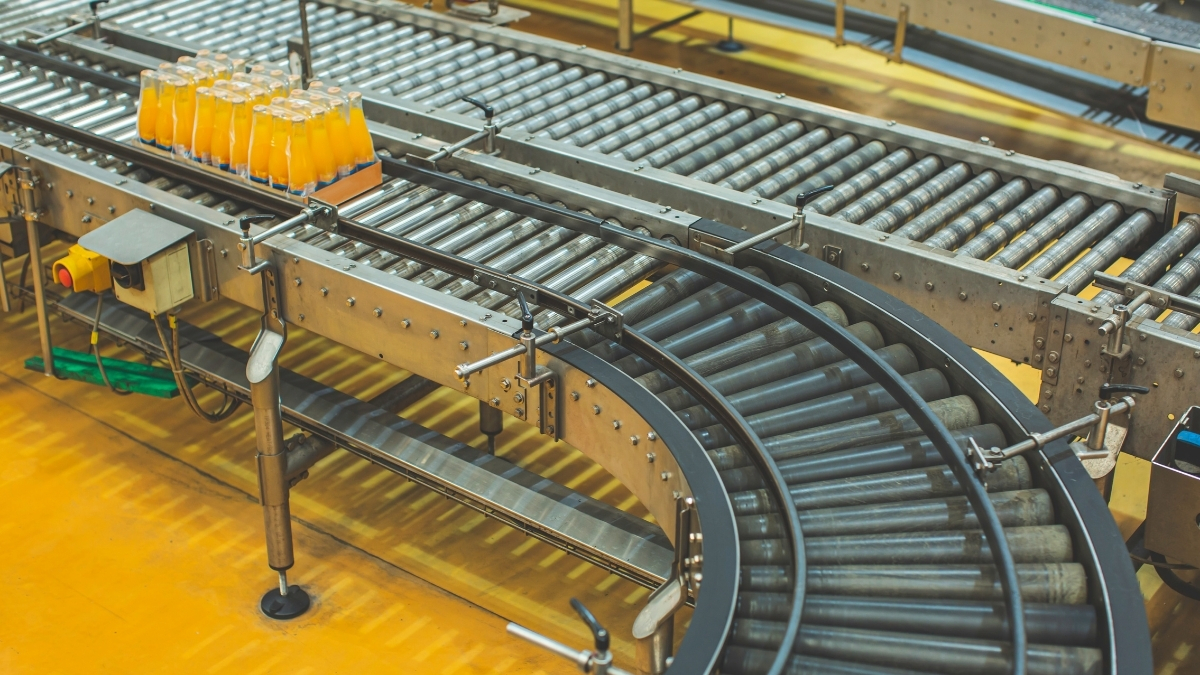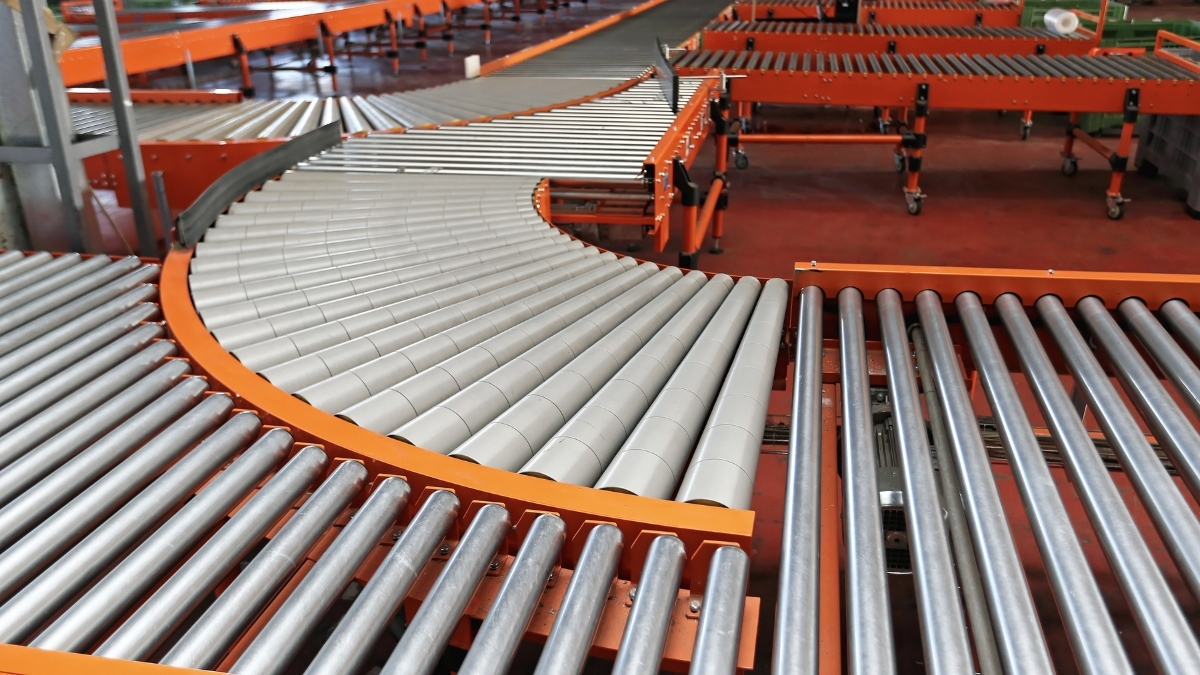Conveyor systems are the lifeblood of countless industries, ensuring the smooth and efficient movement of goods and materials. As businesses ramp up operations in May, any disruption to these systems can lead to significant bottlenecks and lost productivity. While regular maintenance is key, control issues can still arise.
Did you know
That even seemingly minor control system malfunctions can have a cascading effect on your entire production line, leading to costly downtime and missed deadlines? Prompt and effective troubleshooting is essential for minimizing these disruptions.
Decoding the Delays: Common Conveyor Control System Problems
Several factors can contribute to conveyor control system malfunctions. Understanding these common issues is the first step towards effective troubleshooting:
- Sensor Malfunctions: Sensors are the eyes and ears of your conveyor system, detecting the presence, position, and movement of items. Misaligned, dirty, or faulty sensors are a frequent cause of control problems, leading to incorrect stopping, starting, or diverting of products.
- Limit Switch Problems: Limit switches act as safety mechanisms and control points, often used to stop movement at specific locations.
- Motor Control Issues: Problems with motor starters, variable frequency drives (VFDs), or overload relays can lead to motors not starting, running erratically, or tripping offline, halting the entire conveyor system.
- Wiring and Connection Faults: Loose, corroded, or damaged wiring and connections are a common culprit behind intermittent or complete control failures. Vibrations and environmental factors can contribute to these issues.
- PLC (Programmable Logic Controller) Errors: The PLC is the brain of the control system. Software glitches, programming errors, or hardware malfunctions within the PLC can cause a wide range of control problems.
- Communication Issues: Problems with network cables, communication cards, or protocols can disrupt the flow of information and lead to control errors.
- Power Supply Problems: Inconsistent or insufficient power supply can cause erratic behavior or complete failure of control system components.
Call MBA Electric today at (973) 556-2583 for more information!
Getting Back on Track: Practical Troubleshooting Tips
When a conveyor control issue arises, follow these systematic troubleshooting steps:
- Observe and Identify: Carefully observe the symptoms. What exactly is happening (or not happening)? When did the problem start? Are there any unusual sounds or smells? Pinpointing the specific behavior will narrow down the potential causes.
- Check the Obvious: Begin with the simplest checks. Are all power supplies on? Are there any visible loose wires or connections? Are any emergency stop buttons engaged? Has anything physically obstructed the conveyor or sensors?
- Inspect Sensors: Visually inspect all relevant sensors for proper alignment, cleanliness, and any signs of damage. Try cleaning the sensor lenses with a clean, dry cloth. If possible, test sensor functionality according to the manufacturer’s instructions.
- Examine Limit Switches: Check the physical condition and alignment of limit switches. Ensure they are not bent, broken, or obstructed. Manually actuate the switch to see if it functions correctly.
- Monitor Motor Controls: Observe the motor control components (starters, VFDs). Are there any tripped overload relays? Are any fault lights illuminated on the VFD? Consult the motor control documentation for troubleshooting specific fault codes.
- Verify Wiring and Connections: Carefully examine wiring for any signs of damage, fraying, or loose connections. Gently tug on wires to ensure they are securely fastened. Check for corrosion, especially in humid environments.
- Review PLC Status Indicators: Check the status lights on the PLC. Are there any error indicators illuminated? If you have access to the PLC programming software, check for any active error codes or unusual program states. Caution: Only qualified personnel should access and modify PLC programs.
- Check Communication Links: Inspect network cables and connections between control components. Ensure they are securely plugged in and not damaged. If possible, use diagnostic tools to check network communication status.
- Test Power Supply: Use a multimeter to verify that the power supply to the control system components is within the specified voltage range and is stable.
- Consult Documentation: Refer to the manufacturer’s manuals for the conveyor system and its control components. These often contain specific troubleshooting guides and diagnostic information.
When to Call the Experts: Knowing Your Limits
While these tips can help with basic troubleshooting, certain issues require the expertise of qualified professionals. It’s crucial to call a licensed electrician or a specialized conveyor system technician when:
- Dealing with PLC programming or hardware malfunctions.
- Troubleshooting complex electrical control circuits.
- Experiencing persistent or intermittent problems that you cannot identify.
- Working with high-voltage components.
- You are unsure about any step or feel unsafe.
Don’t let conveyor control issues disrupt your May productivity. Call MBA Electric today at (973) 556-2583 for expert electrical troubleshooting, repair, and maintenance services to keep your conveyor systems running smoothly and efficiently.



